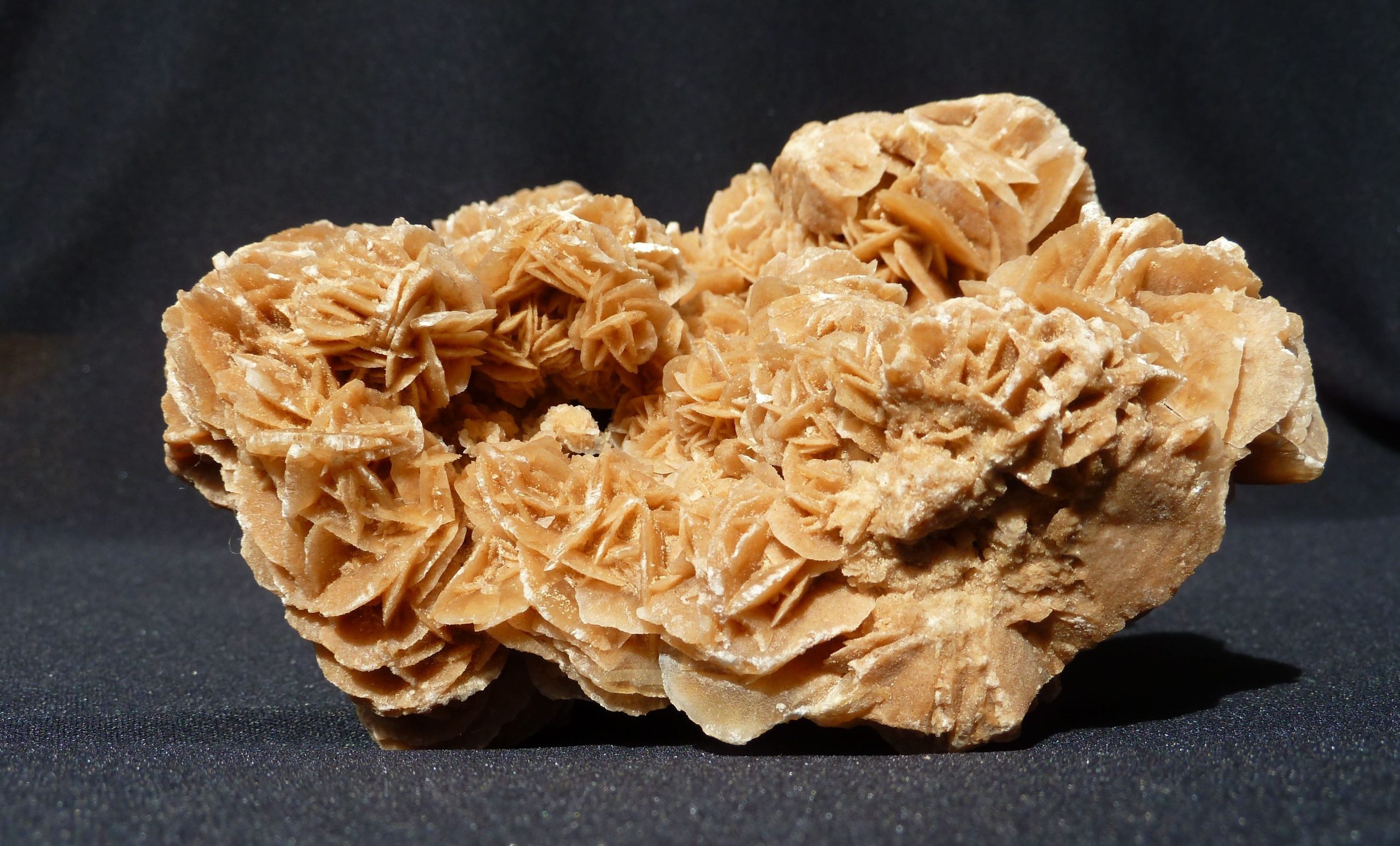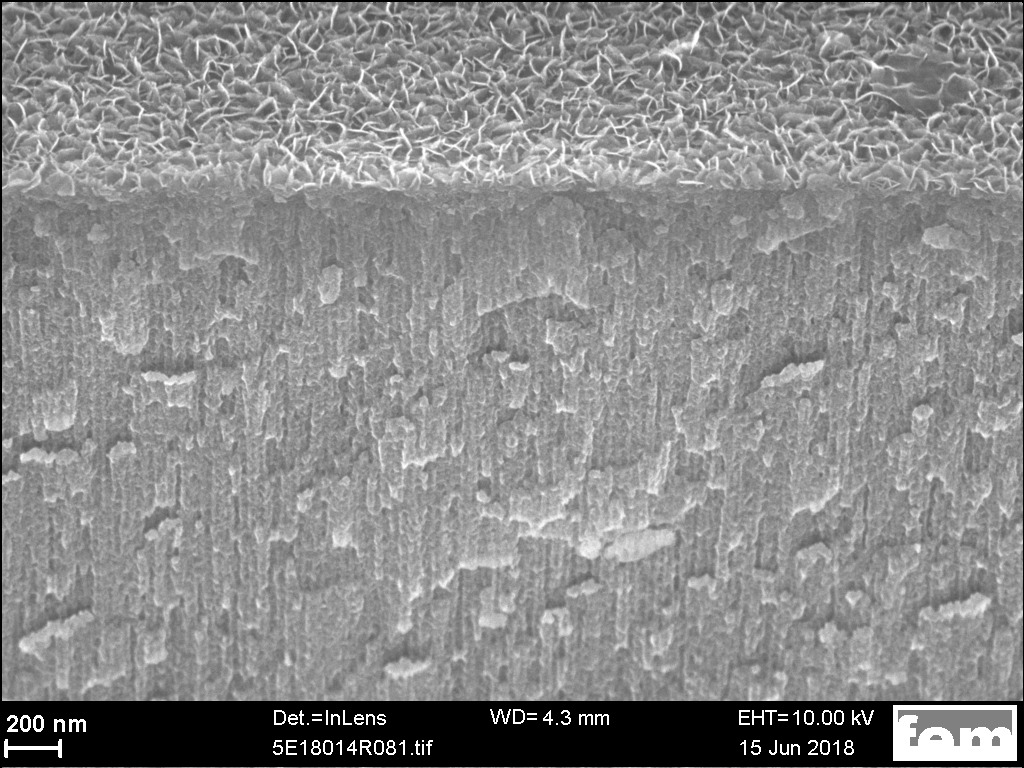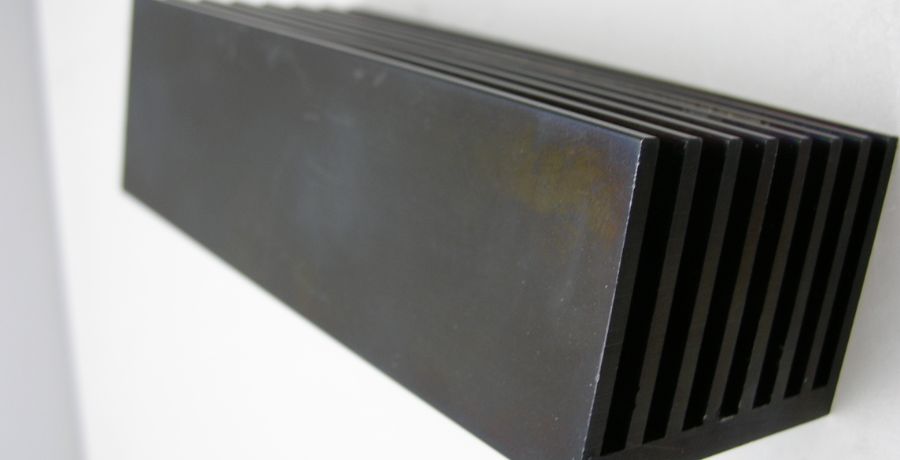The porous aluminium oxide layer that is present after anodising or colouring is still unsealed. This state would not provide long-term protection, e.g. on building surfaces. Subsequent sealing of these layers is therefore essential for long-term protection.
In addition to the frequently used hot sealing, it is also possible to seal the aluminium oxide layer in a "cold way". In this case, the process is called "cold sealing" or "cold impregnation". This process takes place at only a slightly increased room temperature of about 25 - 35°C and thus contributes to energy savings during operation. The reduced seal time is also an advantage. However, according to the current state of the art, salts containing heavy metals based on nickel compounds (possibly also cobalt salts) are mostly used for this process, which require special waste water treatment. The Alufinish cold sealing systems Alfiseal 982 and Alfiseal 982/5 are suitable for this purpose.
A possible alternative is the HMF-SealAL process newly developed by Alufinish, which features a heavy metal-free cold sealing method. This process is currently still in the approval process by Qualanod. The final result is expected soon.
Even if the sealing values of a cold-sealed surface are already in the target range after a certain waiting time, this process is combined as a two-step process with subsequent ageing in hot water. This achieves accelerated pore closure and avoids surfaces that are too brittle (sensitive to microcracking). The micro-crack sensitivity increases with increasing layer thickness. However, the additional post-treatment in hot water also largely compensates for the time advantage of a single-stage cold seal process.
What does a cold-sealed surface look like when magnified?
When viewed under the scanning electron microscope, the coarse, layer-like structure on the surface of a cold-sealed oxide layer is striking. Visually, this reminds a little of "sand roses", i.e. natural crystal formations that usually consist of sand grains and are found in certain desert areas.

Photo of a sand rose (Source: pixabay/alusruvi)
In the following SEM photo, the "sand rose"-like surface layer in the area of a fracture edge is clearly visible:

Fracture edge of a cold-sealed oxide layer (image source SEM image: FEM, Schwäbisch - Gmünd)
Chemical process
In contrast to pore closure by a swelling process (hot seal procedure), the process of cold sealing can best be imagined as a precipitation process of salts within the pores. In this process, the pores are virtually filled by poorly soluble compounds. Based on various scientific studies, it is known that these are compounds of nickel hydroxide (cobalt hydroxide) and complex aluminium hydroxide fluorides, which are precipitated on the porous surface to a depth of about 3 - 4 µm due to pH shifts.
Colour cast and correction
With traditional cold seal processes based on nickel salts (green), one usually has to contend with a slightly greenish colour cast on such sealed, natural-coloured aluminium surfaces. This colour cast can be compensated to a certain extent by adding certain salts (e.g. cobalt salts = red). The Alufinish cold seal systems are also colour compensated. However, it is always advisable to make borderline samples in order to inform the customer in advance about possible colour differences despite compensation compared to natural-coloured, hot-sealed surfaces.
While the correct pH value is decisive for hot sealing processes in addition to additive concentration and temperature, the free fluoride content in relation to treatment time and temperature is decisive for the cold seal procedure. A correct free fluorides content is important for the activity of the bath. Too little free fluoride leads to insufficient seal quality, too much usually forms iridescent to dust-like deposits, especially in the edge area.

Iridescent surface due to too high cold seal temperature here

Too much free fluoride in cold seal bath solution
If the fluoride content is not kept constant via the cold seal product, one can counteract with fluoride-containing additives. Various Alufinish product combinations are available for this purpose. The activity of the bath can also be adjusted well by a correct interplay of temperature, time and free fluorides.
